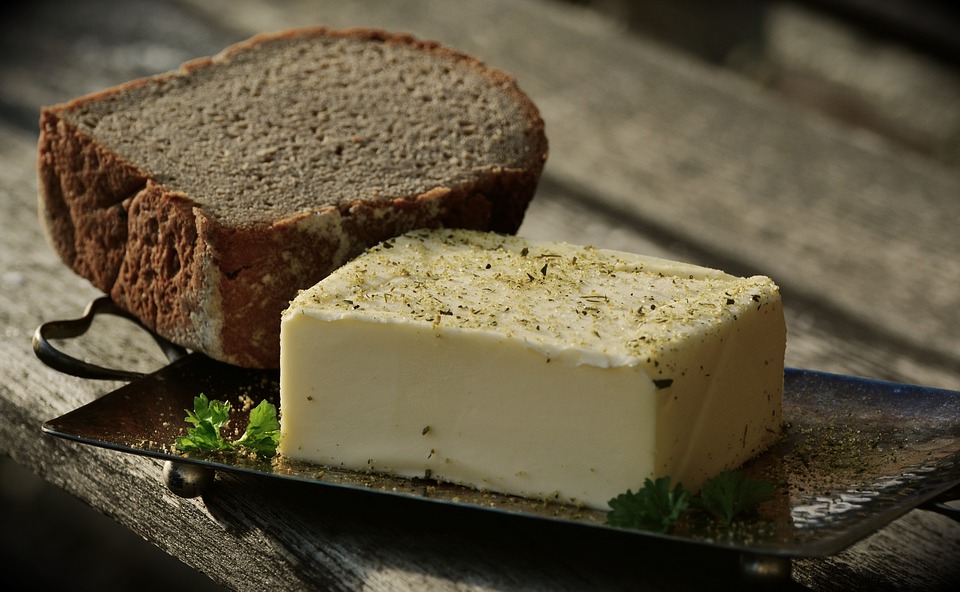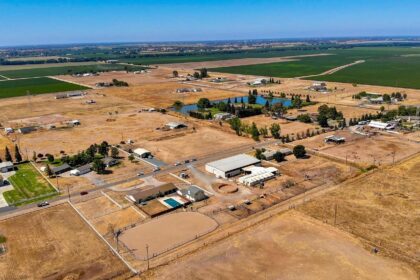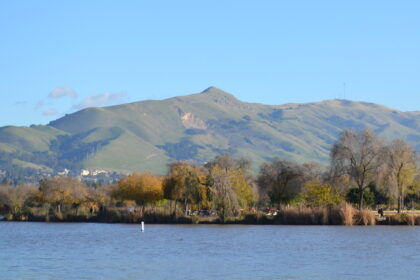Butter is a dairy product containing up to 80% of butterfat, in commercial products, which is solid when chilled and at room temperature in some regions and liquid when warmed. It’s made by churning fresh or fermented cream or milk to separate the butterfat from the buttermilk. Take a look below for 29 more fun and fascinating facts about butter.
1. Butter is generally used as a spread on plain or toasted bread products and a condiment on cooked vegetables, as well as in cooking, such as baking, sauce making, and pan frying.
2. Butter consists of butterfat, milk proteins and water, and in some types, added salt.
3. Butter can also be sold with added flavorings, such as garlic butter.
4. It’s most frequently made from cows’ milk, but it can also be manufactured from the milk of other mammals, including sheep, goats, buffalo and yaks.
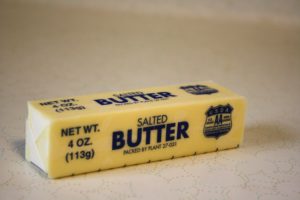
5. Butter is a water-in-oil emulsion resulting from an inversion of the cream; in a water-in-oil emulsion, the milk proteins are the emulsifiers.
6. Butter remains a solid when refrigerated, but softens to a spreadable consistency at room temperature, and melts to a thin liquid consistency.
7. The earliest butter would have been from sheep or goat’s milk; cattle are not thought to have been domesticated for another thousand years.
8. An ancient method of butter making, still used today in parts of Africa and Near East, involves a goat skin half filled with milk, and inflated with air before being sealed. The skin is then hung with ropes on a tripod of sticks, and rocked until the movement leads to the formation of butter.
9. The ancient Greeks and Romans seemed to have considered butter a food fit more for the northern barbarians.
10. In his Natural History, Pliny the Elder calls butter, “the most delicate of food among barbarous nations,” and goes on to describe its medicinal properties.
11. Historian and linguist Andrew Dalby says that most references to butter in ancient Near Eastern texts should more correctly be translated as ghee.
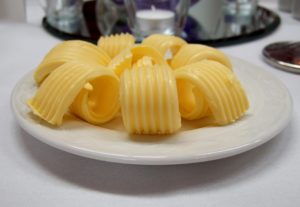
12. Ghee is mentioned in the Periplus of the Erythraen Sea as a typical trade article around the first century CE Arabian Sea, and Roman geographer Strabo describes it as a commodity of Arabia and Sudan.
13. Butter is about 80% fat, and the rest is mostly water. It is the fatty portion of milk that has been isolated from the protein and carbs.
14. Butter is one of the most complex of all dietary fats, containing more than 400 different fatty acids.
15. It’s very high in saturated fatty acids, and contains a fair amount of monounsaturated fatty acids.
16. Around 11% of the saturated fatty acids in butter are short-chain, the most common of which is butyric acid.
17. Butyrate, which is a form of butyric acid, has been shown to reduce inflammation in the digestive system and has been used as a treatment for Crohn’s disease.
18. Butter is the richest dietary source of dairy trans fats, also called ruminant trans fats, the most common of which are vaccenic acid and conjugated linoleic acid or CLA.
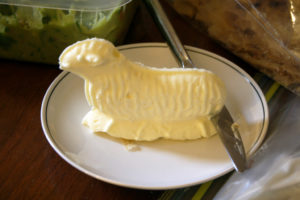
19. A few years ago, butter was considered to be unhealthy, mostly due to the high saturated fat content. However, the public and scientific opinion is slowly shifting in favor of butter consumption.
20. Butter was so precious to the Norsemen that they were buried with large tubs full of the stuff to take with them into the afterlife.
21. By the 12th century, Scandinavian butter was a hot commodity and article of oversee commerce.
22. In Ireland, one of the most common archaeological finds are barrels of butter buried in bogs. Apparently, the butter was stored this way to preserve it and keep it safe from thieves.
23. In California during the 1880s, sub-par butter was being passed off as butter from a well known dairy. To protect their business, the dairy started stamping their butter, trademarking it to combat the counterfeiters.
24. Leading up to the Elizabethan era, it was a common English practice to present newlyweds with a pot of butter, symbolic of wealth and fertility.
25. In 1902, contestants entered a butter making competition open to all buttermakers, farmers’ wives or daughters, or help in any farm dairy in Canada. The entry fee was 25 cents and the grand prize was $30.
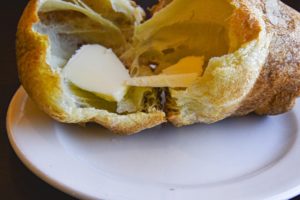
26. In antiquity, butter was used for fuel in lamps as a substitute for oil.
27. The Butter Tower of Rouen Cathedral was erected in the early 16th century when Archbishop Georges d’Amboise authorized the burning of butter instead of oil, which was scarce at the time, during Lent.
28. By the 1860s, butter had become so in demand in France that Emperor Napoleon III offered prize money for an inexpensive substitute to supplement France’s inadequate butter supplies.
29. By 1900, more than half the butter produced in the United States was factory made; Europe followed suit shortly after.

